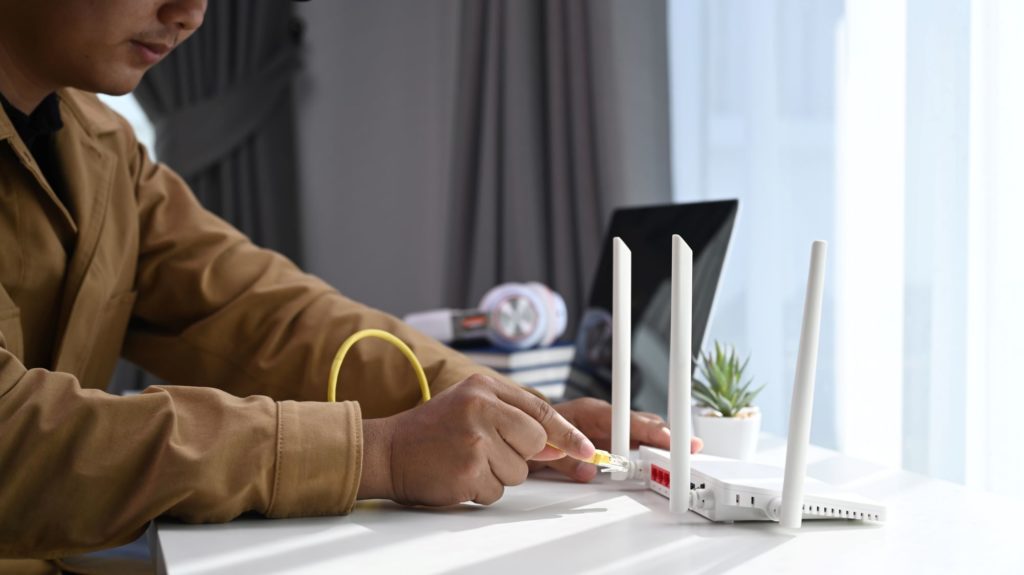Experiencing fluctuations in your internet speed can be frustrating, especially when you’re in the middle of an important task online. One moment everything is running smoothly, and the next, you might see an endless buffering icon. Understanding why your internet speed fluctuates is the first step to finding a solution. Let’s explore common causes of speed variability and practical steps to troubleshoot and resolve issues.
Common Causes of Speed Fluctuations
- Network Congestion: One of the most common reasons for fluctuating internet speeds is network congestion. When too many devices are connected and using the network simultaneously, it can lead to reduced speeds for everyone.
- Distance from the Router: The further away you are from your Wi-Fi router, the weaker the signal and the slower the internet speed. Physical obstacles like walls and floors can further degrade the signal.
- Outdated Equipment: An old modem or router may not be capable of supporting current internet speeds or might be failing, leading to inconsistent performance.
- Background Applications: Apps running in the background on your device can consume bandwidth without you realizing it, from automatic updates or downloads to cloud syncs.
- ISP Issues: Sometimes, the problem lies with the Internet Service Provider. This could be due to outages, maintenance, technical glitches, or bandwidth throttling during peak times.

Troubleshooting Steps
1. Check Connected Devices: Limit the number of devices using your network simultaneously. Close programs or disconnect those that aren’t in use to free up bandwidth.
2. Optimize Router Placement: Move your router to a central location in your home, away from obstructions.
3. Update Your Equipment: Ensure your router’s firmware is up to date. If your hardware is several years old, consider upgrading to a newer model that supports the latest Wi-Fi standards.
4. Monitor for ISP Issues: Use internet speed testing tools to monitor your speed at different times of the day. If you consistently see lower speeds than what you’re paying for, contact your ISP. If your Wi-Fi is off or not working, check for reported outages in your area.
5. Manage Background Applications: Regularly check and close unnecessary apps running in the background on your devices. Adjust settings to limit automatic updates and cloud syncing to off-peak hours.
6. Reset Your Router: Sometimes the simplest of solutions is the most effective. Consider resetting your router by unplugging it and plugging it back in after a couple of seconds.
Advanced Solutions
If basic troubleshooting doesn’t resolve the issue, consider these advanced steps:
- Use a Wired Connection: For tasks requiring stable internet, such as video conferencing or gaming, use an Ethernet cable to connect directly to your router.
- Install a Mesh Network System: For larger homes, a mesh Wi-Fi system may provide more consistent coverage throughout your house.
- Contact Your ISP: If you suspect the issue is with your ISP, such as bandwidth throttling or a technical fault, don’t hesitate to reach out for support.
Fluctuating internet speeds can stem from a variety of sources, from network congestion and outdated equipment to ISP-related issues. By knowing how to troubleshoot potential causes, you can sometimes significantly improve your internet speed and reliability. If you have questions or would like to know more about your internet service, contact your internet service provider.